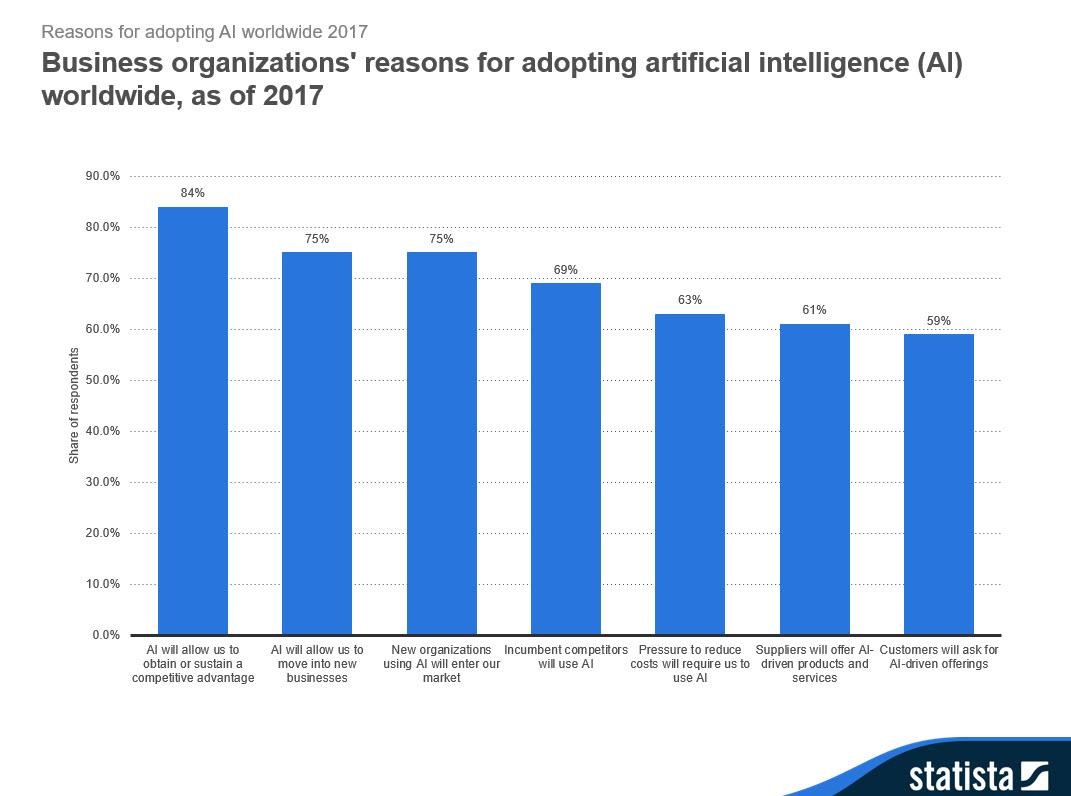While the whole world nowadays seems like it’s building a new generation experience through chatbots, the truth is that we are just at the starting line of a snail-paced revolution.
Chatbots are regarded as the future, with Mordor Intelligence projecting the market to reach $7,591.82 million by 2024, with 34.75% CAGR over the five years from 2019 – 2024. However, they are not the overnight paradigm shift that some believe they’d be for a single reason: They are difficult to manage without decent text messaging software. While they appear ground-breaking, as they feel like a more human approach to interactions with customers through devices, this very aspect makes them more prone to error.

There are a lot of technical challenges involved, including understanding the intent of the user from free-form text and the fact that it is an entirely new design platform. What do you do when there is not enough interface? From a designer’s perspective, text is among the few available canvases, making it an excellent tool in his design kit.
While it is doable to prepare a bot for your site, it is not something that many would be willing to do because much depends on the user experience and its effectiveness in achieving business goals. Yet, before we get into that, let’s first gain a better understanding of chatbots.
What are chatbots?
You probably have not realized it, but chances are that you have talked to a chatbot at one point in your life. From wedding planning to organizing a holiday, a chatbot is more likely present to assist you.
Chatbots are budding everywhere, from iPhone’s Siri to short messaging services. They are communication apps powered by SMS software that perform simple tasks like responding to queries or helping customers buy an item. Their primary duty is to streamline service interactions with individual customers and increase efficiency for small business.
They are advantageous to both parties. They help companies save on employing and training human customer support agents. At the same time, they help customers experience a faster mobile interaction.
Consider the following statistics from Statista about the reasons that companies use artificial intelligence. As you can see, chatbots are here to stay.

So, how should companies effectively combine chatbots with text messaging for great user experiences? Below are a few tips:
1. Make a good first impression
Just as first impressions are essential in human interactions, so too are those with chatbots in customer service. Your conversations’ first few seconds are crucial for prospective customers to decide whether or not to continue pursuing the conversation.
If you want a better impact, simplicity is the key. You need not state everything. Be sure to only provide the relevant information to users, including what your chatbot is all about and its function. You can start the conversation from here.
Take these SMS chatbot examples:
“Hi, I’m X Company’s chatbot. I can help you with your internet connection and your subscription”
Subscribe or report issues
Or
“Hey, it’s so good to see you! How may I help you today?”
Know more about your product or buy a product
2. Lead the flow of the conversation
Make sure your chatbot text message is centered around your intentions and that every interaction leads to the next one in your script. That’s right – conversations should be scripted, meaning that users need only to follow the script.
Avoid open questions such as “What do you wish to do?”, “What can I do for you?,” and “How may I help you?.” Such open-ended questions can force your customers out of your scope, as they lead to several possible different answers.
3. Don’t keep your users waiting
One of the worst things that can happen in the middle of conversation is that the other party quits responding. This also holds true with SMS chatbot platforms. You have to assure your users that your chatbot will respond without interruption. That’s the purpose of the messaging app’s typing bubble. It’s a helpful tool in reassuring your customers that your chatbot perfectly understands their concerns or requests.
Active listening is also a great way to confirm your user’s requests. While a chatbot is unable to actually do so, it can ask a question, summarize, or paraphrase.
Take this example:
User: “I pick the blue one.”
ChatBot: “The blue one? Excellent choice!”
Repeating the user’s choice and then using it to ask him questions will make him more confident in talking to your bot. It will also provide users with a personalized experience that can make your chatbot more engaging.
Confirming a user’s choice will also provide a sense of security in the bot to respond to his requests appropriately. You may ask the user if he is sure about his choice and subsequently offer him the opportunity to cancel or change his decision. You should only proceed with the conversation upon user confirmation of choice.
Take this example:
ChatBot: “The blue one? Excellent!”
Do you confirm your choice?
Yes or No
4. The user finishes the conversation, not you!
There isn’t a more frustrating experience than when a bot ends a conversation when you still have more questions to ask. Make sure that this won’t happen. Allow the user to finish the conversation when he wants to. Offer them a chance to restart the dialogue, or proceed with it. Never assume that users will end the conversation after completing an action. You have to offer them choices on whether to continue or not.
Take this example:
“Is there anything else I can help you with?”
Yes or No
5. Create an outstanding conversational interface
While chatbots are created to encourage conversation, dialogues shouldn’t always be through text messages. You can enrich it with buttons, images, carousels, and so forth. A decent SMS software will enable you to design your interface to provide your users with a simple and personalized experience. Some even come with ready-to-use text message templates for businesses.
Buttons are a helpful tool in structuring user input so that they stay on your script, while providing what they need. It also makes conversations simpler to use and more engaging. It helps users to have easy access to the information that they’re looking for. Just be careful to avoid a linear conversation that could limit the dialogue, and hence the experience.
Images help make a complex idea simpler to explain, while carousels can help you illustrate articles for your customer. You may also design your conversational interface with the right combination of text messages and GIFs. Just make sure that you don’t overdo any of the two.
That’s it! Those are just a few valuable startup or second business tips on how to combine chatbots with text messaging for great user experience. As soon as you have done them all, make sure to perform a random user test prior to launching your bot.
Should you invest in text messaging software?
Creating a chatbot is a great way to turn a concept into reality. According to a study by Accenture, a chatbot with good design and implementation can resolve 80% of chat sessions that would have otherwise been handled by a human customer support agent in person or via call.
Text messaging software or SMS software can help you along the way. They can help you develop a great conversational interface that provides the right mix of chatbot and text messages. You may respond to customer queries, handle responses, and drive engagement without needing to download a messaging app. This technology can help you leverage natural language processing to make it more convenient to design engaging dialogues.
As mentioned above, text message marketing software can enable you to add animated GIFs, images, or buttons to make your bot more interactive and user-friendly.
